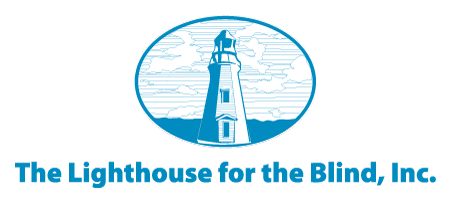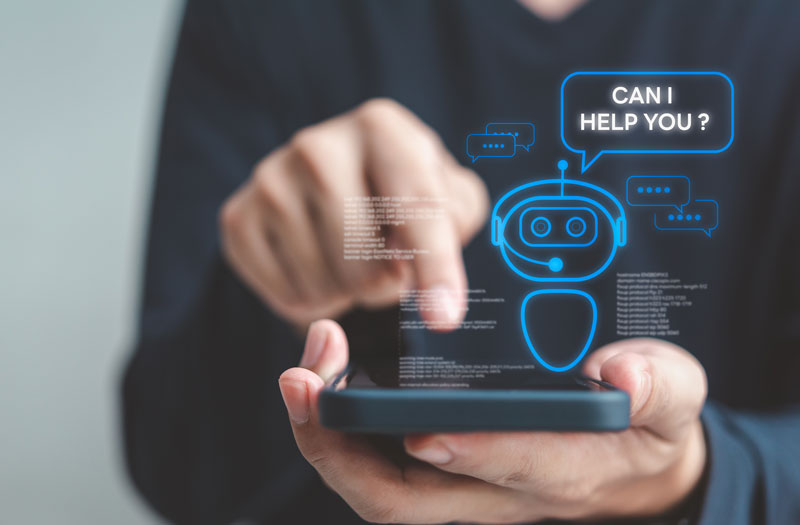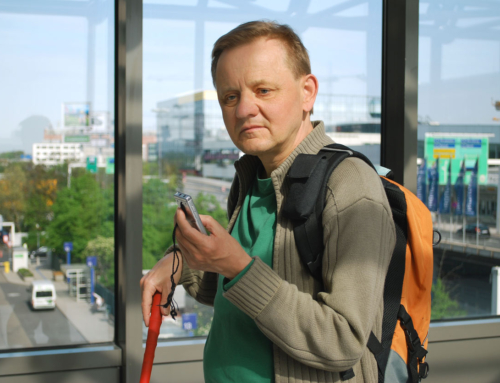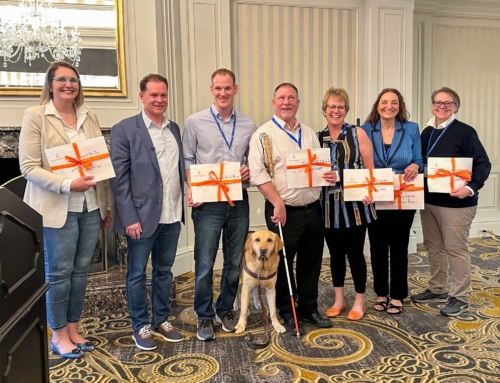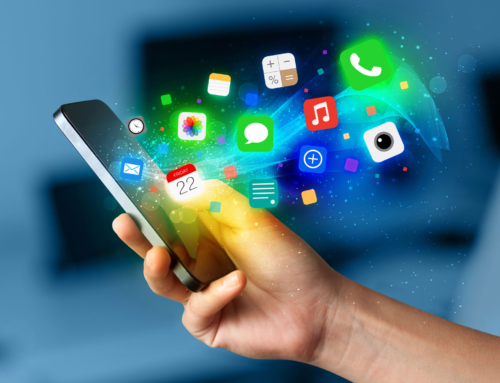In a world fueled by technological advancements, artificial intelligence (AI) is rapidly transforming the lives of individuals who are blind. As technology advances, AI-driven tools and apps are becoming increasingly accessible, offering new ways to bridge the gap in a largely inaccessible world.
Meet the Blind AI Experts
Tim Paulding, a certified orientation and mobility specialist and vision rehabilitation therapist, has been a stalwart in the field of blindness rehabilitation for almost 15 years, with a decade of service at the Lighthouse. Tim not only imparts knowledge but also draws from personal experience, as he happens to be blind himself. His extensive expertise spans assistive technology, and orientation and mobility.
Everett Elam, also an accomplished instructor, is a certified assistive technology instructional specialist (CATIS). His journey took him from St. Louis to Spokane, Washington, where he now brings his knowledge to the community. Everett emphasizes accessibility and inclusivity as part of the Accessibility Committee at The Lighthouse for the Blind, Inc., ensuring a seamless experience for all.
Be My AI: A New Feature from Be My Eyes
Be My Eyes is a groundbreaking app that connects blind users with sighted volunteers through live video calls. This service allows users to capture images or videos of objects or text, which can be read to them by the volunteer. It’s a valuable tool for accessing information, although users should be aware of its limitations.
Be My AI, a collaboration between Be My Eyes and ChatGPT, enhances this service by allowing users to submit images to AI for accurate descriptions, expanding its utility. Users can now receive detailed information about various objects or documents. The potential for this AI-driven tool is staggering and has been dubbed “the picture that tells a thousand words.”
VizLens: Reading Complex Interfaces
VizLens tackles a unique problem by providing assistance with understanding complex interfaces such as control panels. By taking a picture of the interface and running a finger across the screen, users can hear what each button represents. It’s an innovative solution for interpreting complex layouts and designs.
Chat GPT: Conversational AI
Chat GPT is another fantastic AI tool. It enables text and voice conversations with AI, and a subscription to Chat GPT 4.0 provides advanced features, including a hands-free mode. With this technology, blind individuals can engage in natural conversations with an AI assistant that can provide information, answer questions, and assist with various tasks.
Call Annie: A Free ChatGPT Alternative
Call Annie is another free app that utilizes ChatGPT in hands-free mode, providing an alternative to ChatGPT’s paid subscription for having conversations with AI.
Seeing AI: Enhanced Visual Recognition
Seeing AI is an app that provides a variety of features, including the ability to recognize multiple-page documents, describe images, and assist users in diverse scenarios. The app’s continuous improvements make it a valuable resource for the visually impaired.
Envision Glasses: Wearable AI for Enhanced Vision
Envision Glasses, featuring Google Glass and ChatGPT integration, present a new era of wearable AI. This wearable device, equipped with a camera, can identify objects, read text, and offer valuable information through voice commands. It’s a promising innovation that enhances independence for those who are blind or visually impaired.
Users can simply invoke voice commands to identify and gather information about their surroundings, enhancing their independence and understanding of the environment. This technology is a game-changer, particularly for those who have lost their sight later in life and need assistance navigating their surroundings.
JAWS 2024 Beta: Face In View Feature
JAWS 2024 Beta introduces the Face In View feature, which reads a user’s appearance and positioning from the camera feed in real-time. In an era of remote work and video meetings, this feature ensures that users present themselves effectively, highlighting the relevance of AI in today’s communication landscape.
OKO AI Copilot for the Blind
OKO AI Copilot for the Blind is an AI-driven app that recognizes pedestrian walk and don’t walk signals. By using the rear-facing camera of a smartphone, it replicates the chirping sounds heard at crosswalks, indicating when it’s safe to cross, enhancing safety and mobility for individuals who are blind.
Learn more about Accessible Solutions for Travelers Who are Blind >>
AI technologies have revolutionized the way people interact with the world, offering the opportunity for increased accessibility, independence, and improved quality of life.
With the continuous evolution of AI, the future holds even more promise for the visually impaired, where technology opens doors to new opportunities and experiences.
This content was adapted from a recent Lighthouse webinar. You can watch the recording here >>
